Toitanga
Rauawaawa Kaumatua Charitable Trust 2 MWDesign 15 Kuki Reka Kani
-
Pou Auaha / Creative Directors
Rangimahora Reddy, Owen Purcell, Rauawaawa Kaumātua Charitable Trust – Whānau Ora Kaumātua Roopu
-
Ringatoi Matua / Design Directors
Mike Williams, Georgia Fulton, Donna Tilyard-Davies, Marian Smith
-
Ngā Kaimahi / Team Members
Surinder Dhulip-Singh, Kirsten Johnston, Melanie Elliott, Rudy Alejandro, Tony Rutz -
Kaitautoko / Contributors
Rauawaawa Kaumātua Charitable Trust – Board of Trustees, Kotahitanga Committee, Kaumātua, Rangatahi Team, Volunteers and Staff, Rauawaawa Kaumātua Charitable Trust – Stakeholders and Funders
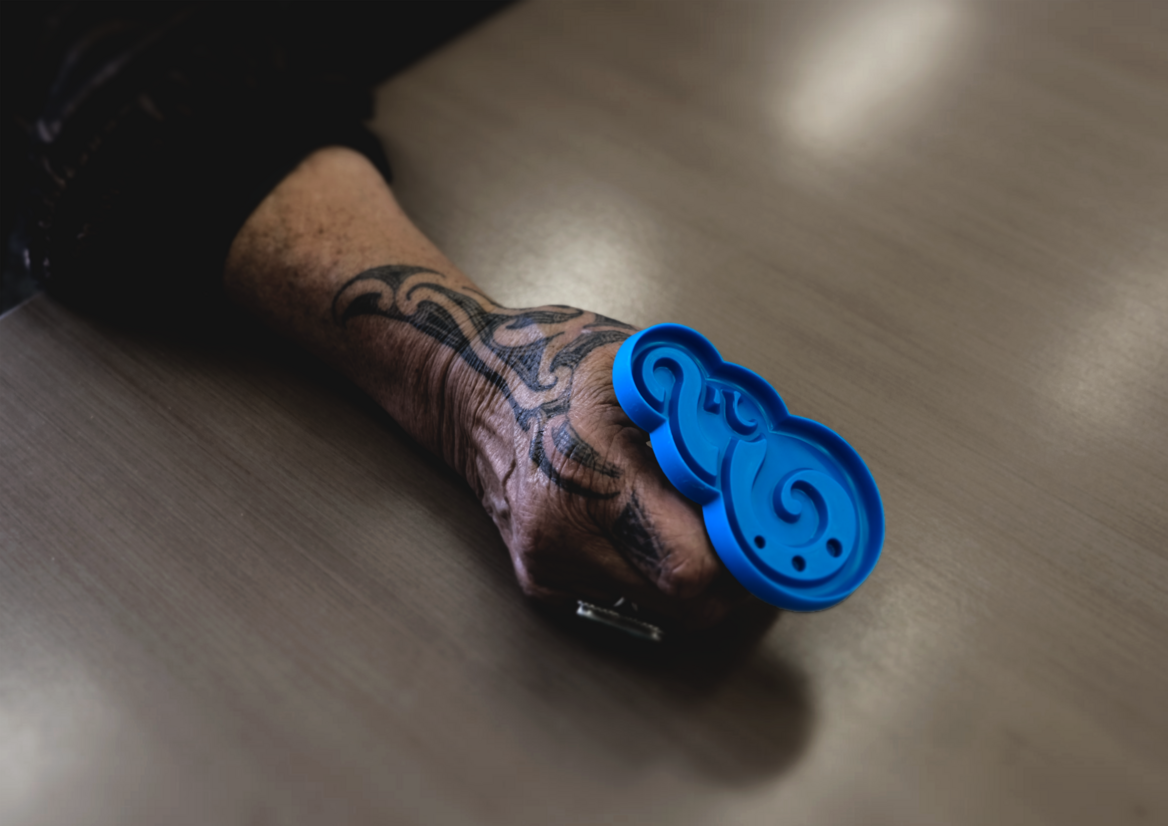
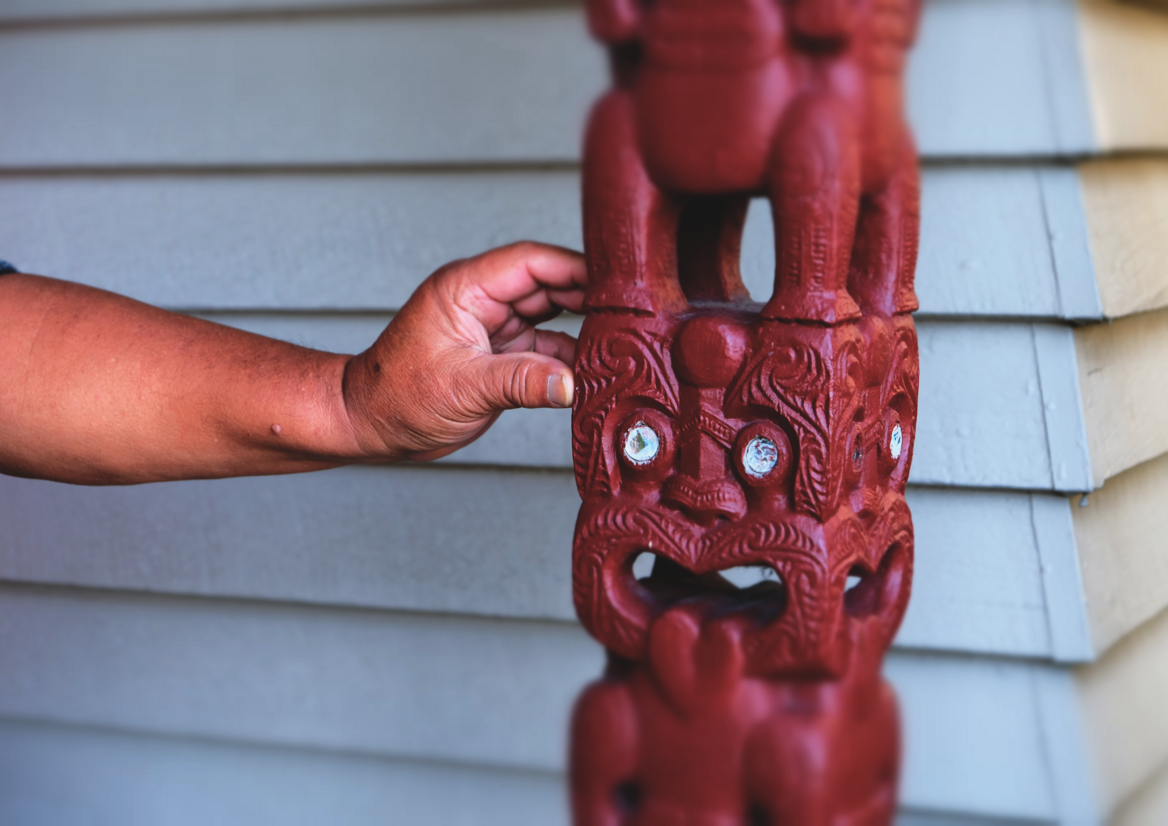
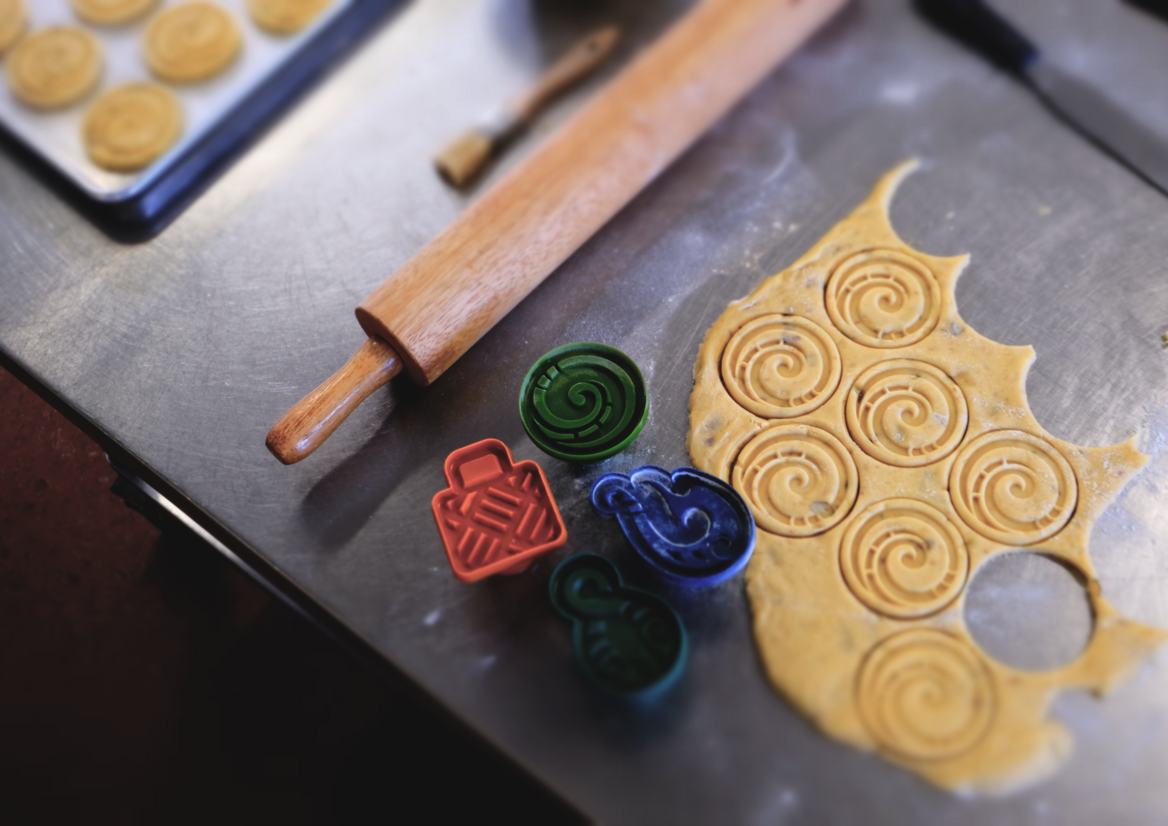
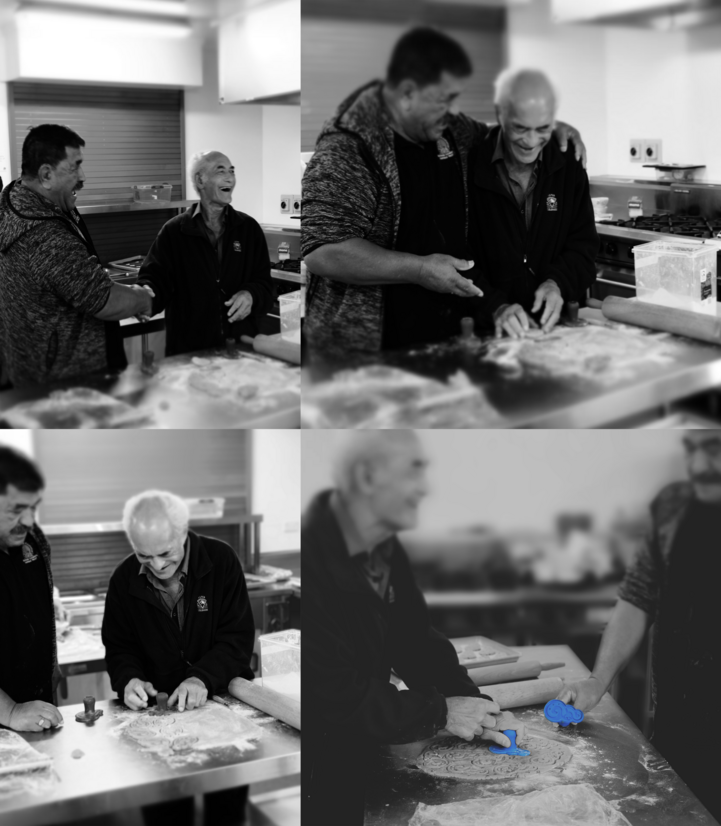
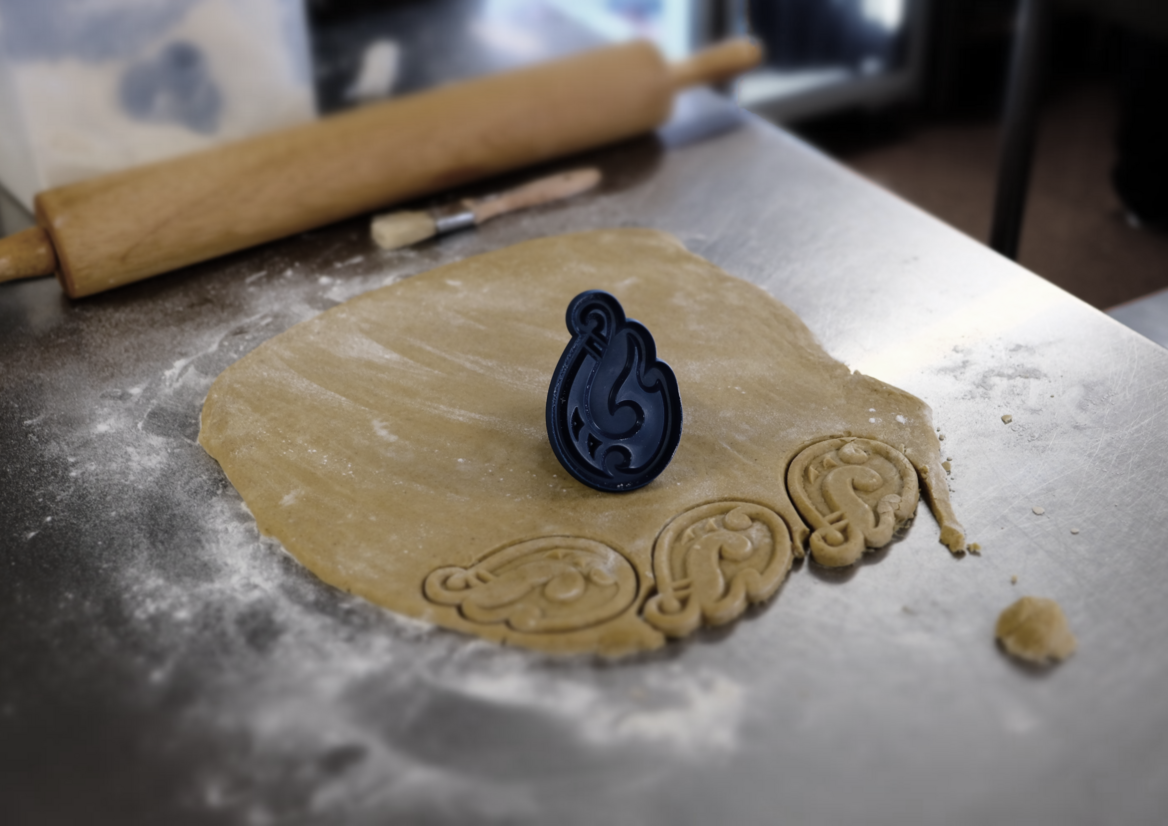
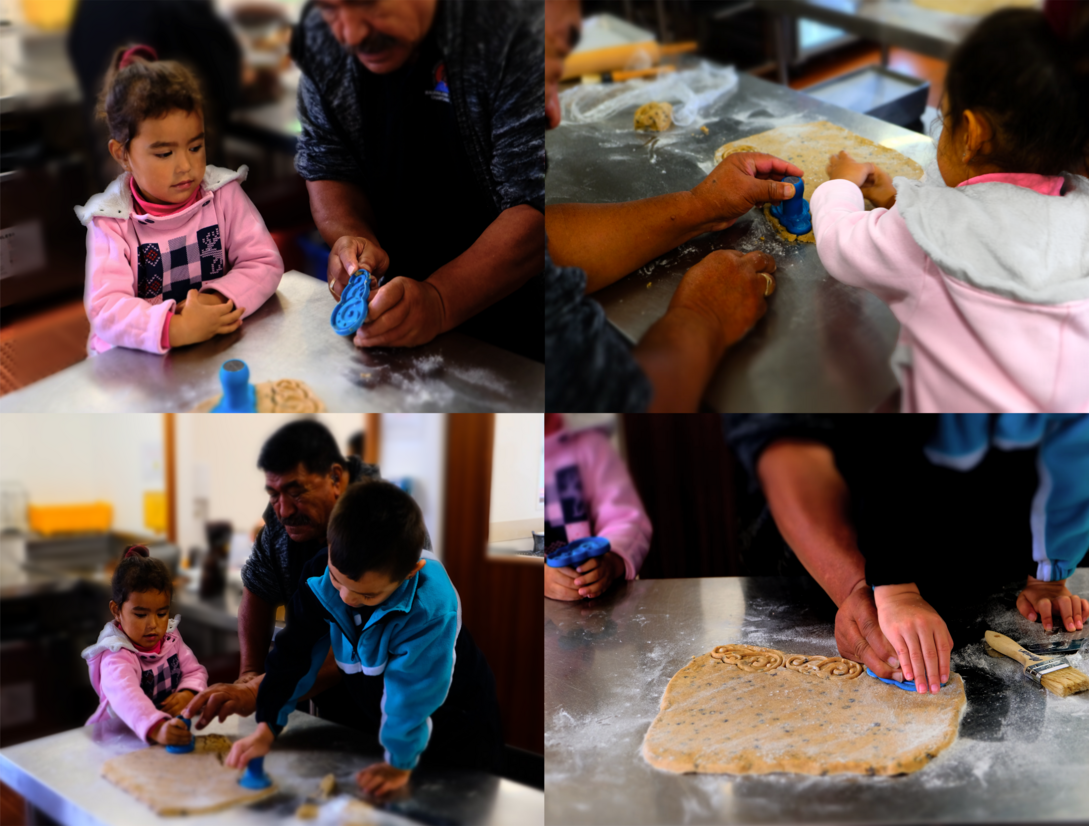
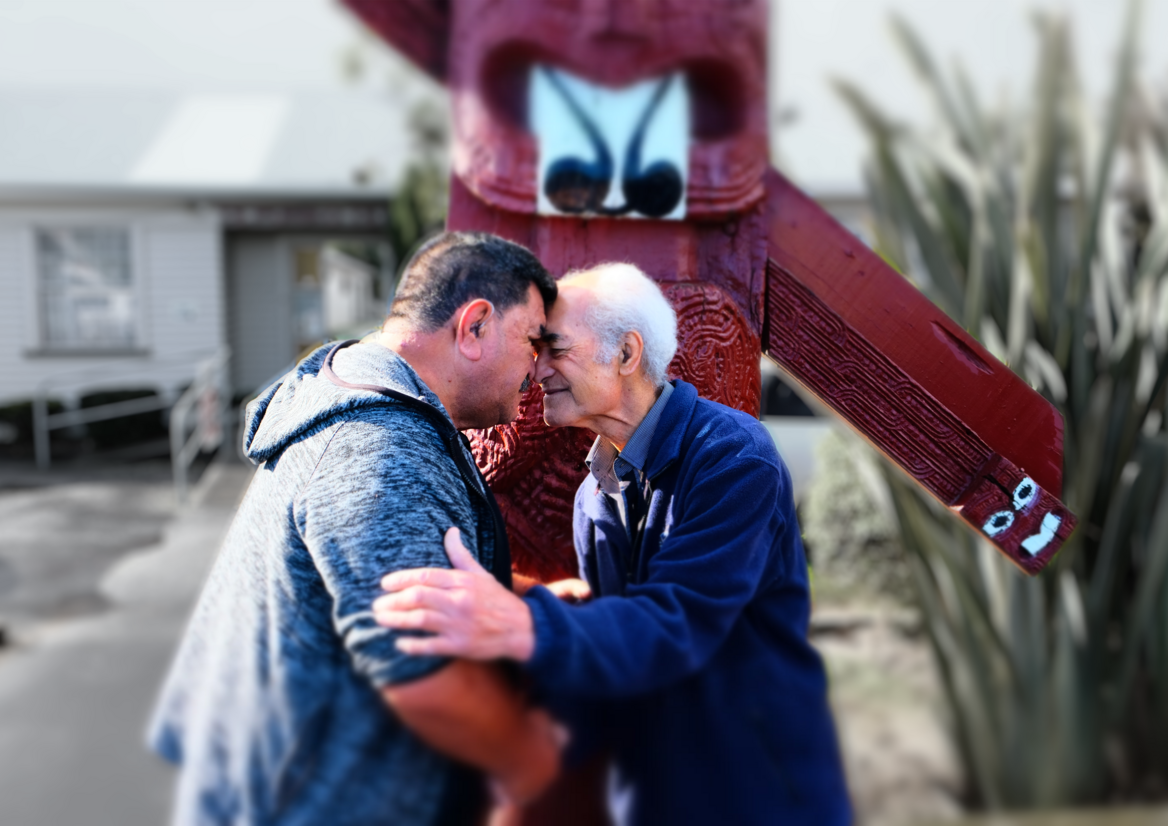
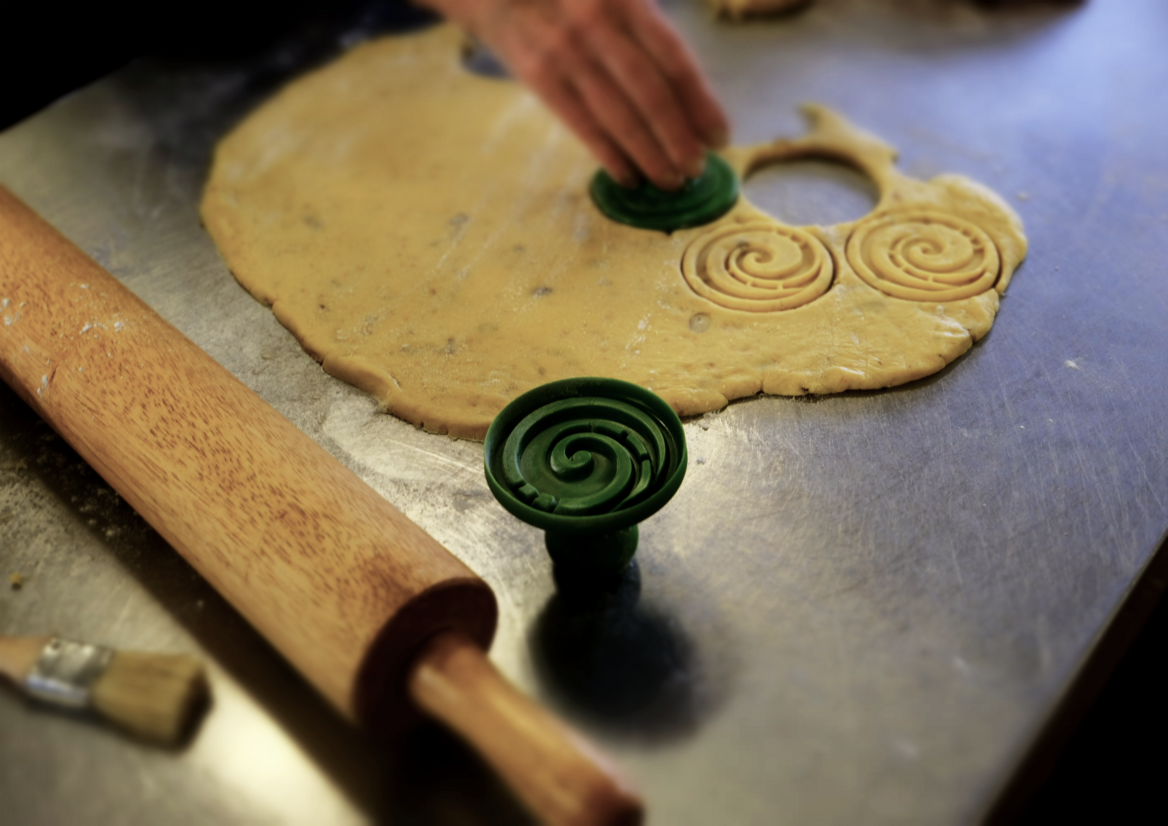
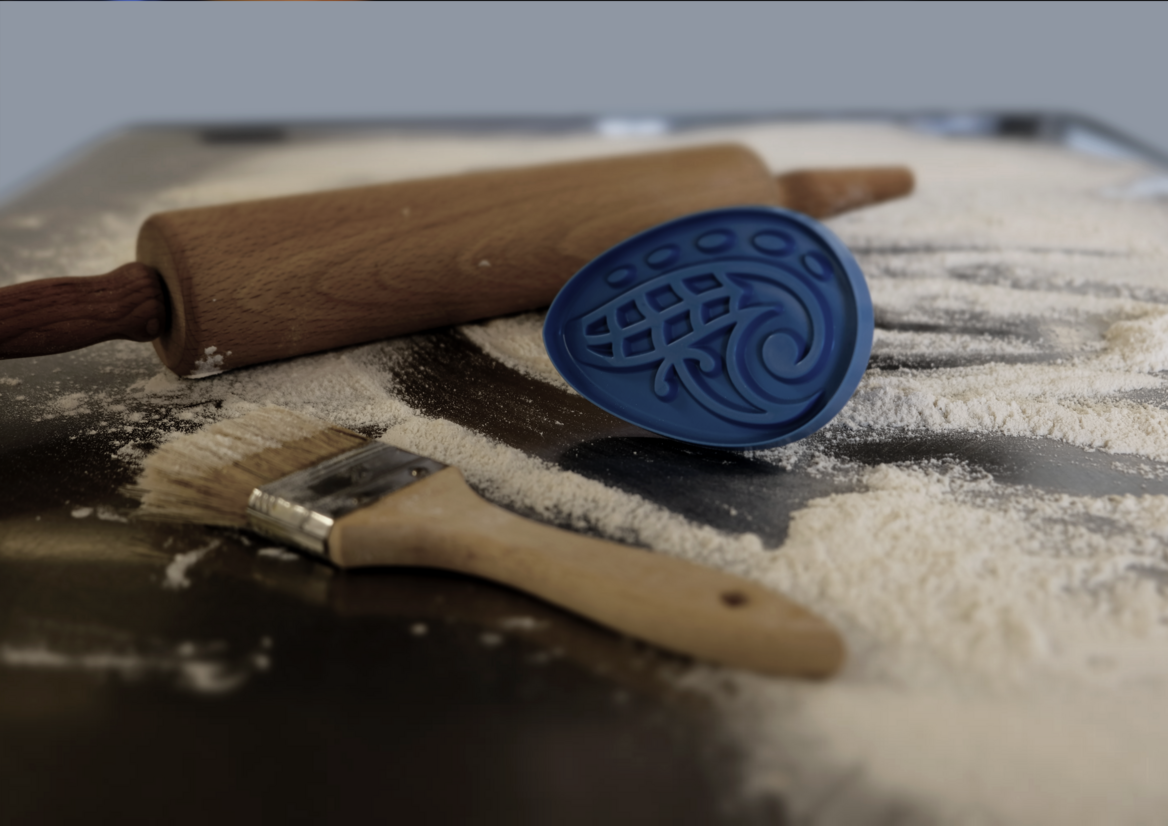
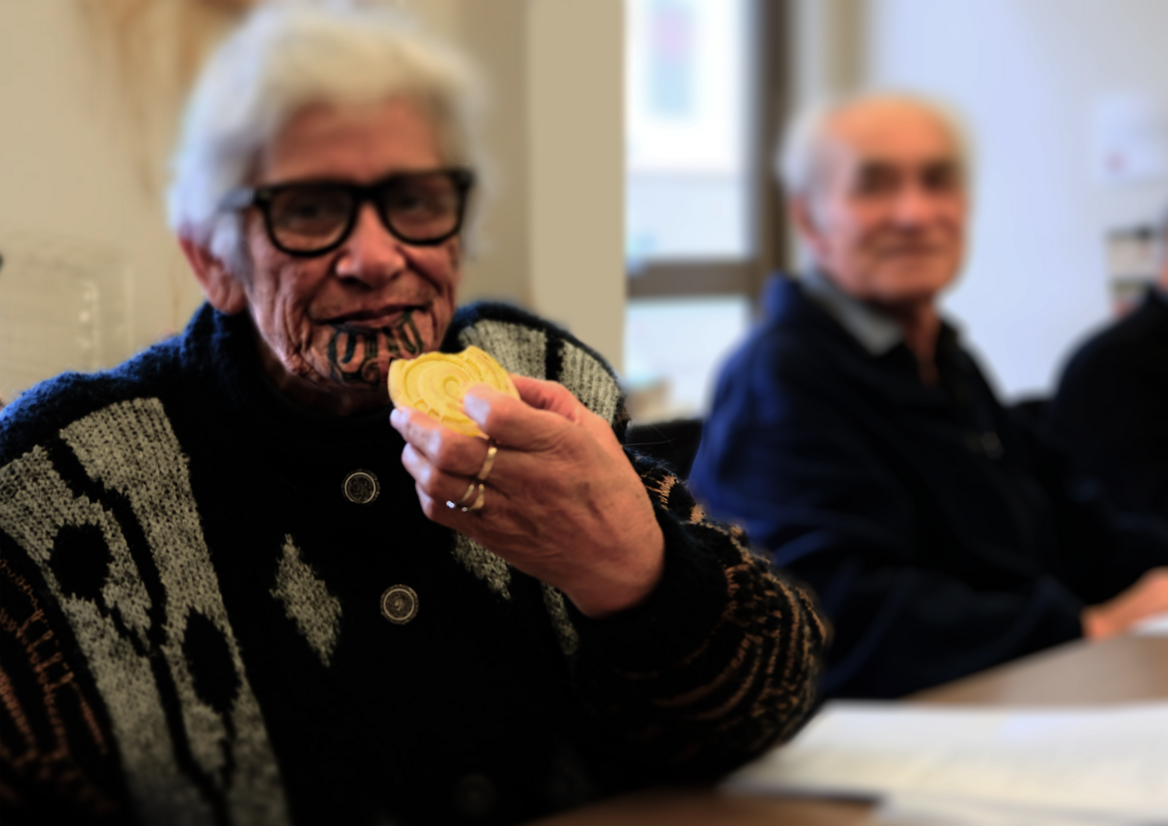
Description:
Kuki Reka Kani are 6 unique cookie cutters, developed and named by Kaumātua as part of a social enterprise called REKA - Rauawaawa Enterprise for Kaumatua Aspirations. The cutters were initiated from a desire to help Kaumātua with dementia, to engage in cooking therapy that promoted Te Ao Māori, cultural heritage and whakapapa in a way that lent itself to fun, intergenerational exchange, whanaungatanga often associated with kai and the sharing of mātauranga.
Cooking therapy stimulates smell, taste and touch senses in dementia patients which can bring back memories from decades ago.
Several hui were held with groups of Kaumātua to help identify the most appropriate Māori designs for use in kai, thus resulting in the Koru, Pāua, Kete, Hei-Matau and Pikorua (both single and double twist).
These Kuki Reka Kani have ventured into a space in Te Ao Māori that can be tricky to navigate (food and Māori design) but the inclusion of Kaumātua and their mātauranga, chefs and their technical expertise, stakeholders and funders has for the first time, created a more culturally inclusive cooking therapy environment for Kaumātua with dementia as well as for tamariki in early childhood centres, rangatahi in technology classes and whānau in their own home.
The Koru is a spiral shape based on the new un-furling pikopiko (fern frond) which were a traditional Māori food and the design also symbolises new life and growth. Pāua are a taonga (treasure) to Māori. Pāua meat is a kaimoana delicacy and played a significant role in manaakitanga ki ngā manuhiri (hosting of visitors) for many Māori tribes. The kete is a traditional basket made and used by Māori for harvesting kai, traditionally woven from harakeke (flax). The Pikorua, twist, is believed to be based on the weaving of the kete, or it can also depict two pikopiko ferns intertwining and symbolises the strength of enduring relationships (whanaungatanga). The Hei Matau (fish hook) design embodies rich fishing traditions. It also reflects the story of Aotearoa with Māui fishing up the North Island, using a hook made from the jawbone of his ancestress Murirangawhenua.
The cutters are designed to cut through the dough and leave a pattern imprinted on the dough in one easy push. This makes them gentle on both elderly, arthritic hands as well as providing a large grip for children’s hands to hold when using in the kitchen. The angled patterns also help to release the dough from the cutter. The patterned designs are drafted to reflect the look of the chiselled traditional whakairo rākau (wood carving) which is an important and respected role in Māori culture.
Kaumātua can express their heritage, using pūrākau (traditional story telling) to pass on ancient legends to their rangatahi (youth), inspired by the modern Māori patterns carved into the dough within traditional shapes of taonga (treasures.)
The colours of each design reflect some of the many sacred places of Aotearoa to Māori; Te Whanganui-a-Tara (Wellington Harbour), Tongariro, Mount Taranaki, Lake Taupō, Hakarimata Scenic Reserve and Kapowairua (Spirits Bay.)
Judge's comments:
Ahakoa he iti, he pounamu. A simple yet profound piece of design that unites the community for a great kaupapa.